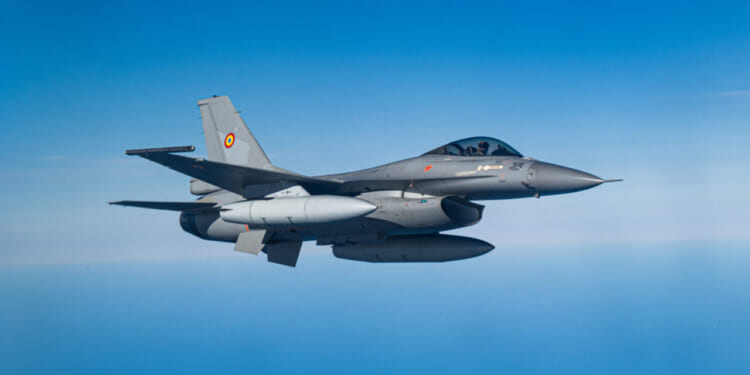NATO is not only watching but also well-prepared to parry any aggressive action against any member state.
NATO forces from 10 member states are battling the howling winds of the North Sea, the chilling waters of the Baltic, and the frigid temperatures of the Arctic Circle to send a clear message to Russia: NATO is watching and ready.
Exercise Tarassis
Exercise Tarassis is a multinational, multimodal series of exercises designed to enhance interoperability among NATO member states and demonstrate allied cooperation. Involving ground, maritime, and air forces from 10 nations, the exercise is taking place from the Arctic Circle to the Baltic Sea. The exercise started in early September and will run until the end of October.
“Tarassis represents a significant step forward in our collective ability to respond rapidly and decisively to emerging threats,” Royal Air Force group captain Jonathan Eastlake, the Royal Air Force’s HQ spokesperson, said.
Beyond the official goals for the joint military drill, Exercise Tarassis is also a clear message to Russia that NATO is not only watching but also well-prepared to parry any aggressive action against any member state. Over the past few weeks, Russia has commenced an unprecedented campaign of airspace violations and interference against several NATO members.
“These exercises are not only about military preparedness – they are about unity, deterrence, and demonstrating our shared commitment to regional stability. By planning, executing, and communicating military activities across all domains, the JEF is making a significant contribution to European and transatlantic security,” Eastlake added.
Over-the-Beach Operations
Royal Marines from the 40 and 45 Commandos (each commando is a battalion-sized unit) sent troops to Norway, while the Commando Logistics Regiment provided logistical support to the infantry elements.
The Royal Marines are a special operations, light-infantry unit specializing in amphibious and arctic warfare.
During one training event, Royal Marines practice nighttime amphibious landings. In footage released by the British Ministry of Defence, one can see three amphibious raiding craft packed with commandos wearing night vision goggles landing on a Norwegian beach. Getting there was not easy. The Royal Marines had to transit for two hours through the cold Norwegian night with temperatures reaching as low as 14 degrees Fahrenheit. Although physically taxing, such over-the-beach operations are a key ingredient to a successful amphibious operation.
Over-the-beach missions make up one of the most important aspects of amphibious operations. A large amphibious force does not simply show up on a beach defended by enemy forces and land. Rather, small special operations elements are usually the first on the beach to reconnoiter, gather hydrographic intelligence, and clear any obstacles that might hinder the invasion force.
It is not widely known that Underwater Demolition Teams and Naval Combat Demolition Units, the precursors to the Navy SEALs, landed on the Omaha and Utah beaches in Normandy ahead of the Allied invasion forces on June 6, 1944. Using explosives and their courage, the frogmen cleared obstacles and opened the way for the infantry and armor units that were coming from the boats.
The advent of advanced detection systems has made over-the-beach operations trickier and riskier for the troops involved. However, special operators, including Royal Marines, train and think hard about their skill sets in order to be ready for active operations.
About the Author: Stavros Atlamazoglou
Stavros Atlamazoglou is a seasoned defense journalist specializing in special operations and a Hellenic Army veteran (national service with the 575th Marine Battalion and Army HQ). He holds a BA from the Johns Hopkins University and an MA from the Johns Hopkins’ School of Advanced International Studies (SAIS). His work has been featured in Business Insider, Sandboxx, and SOFREP.
Image: DVIDS.


















